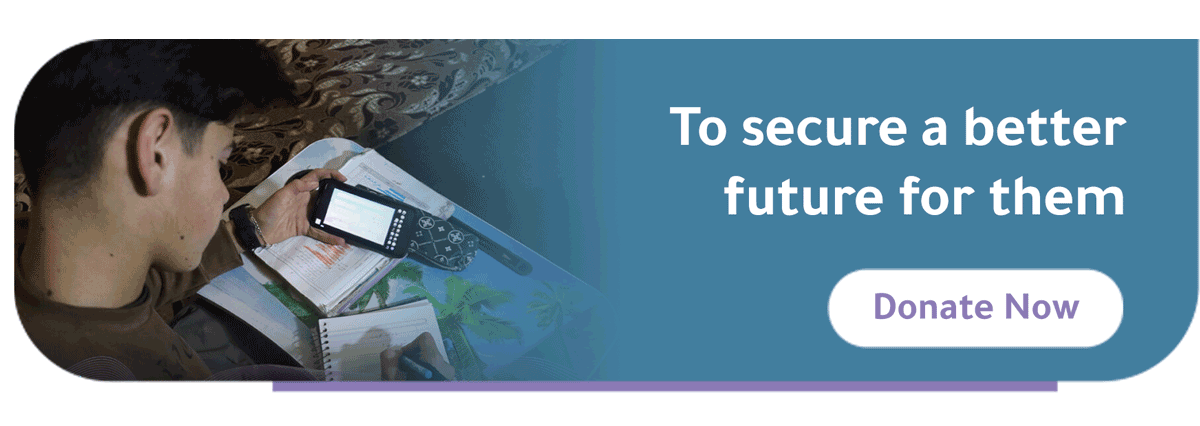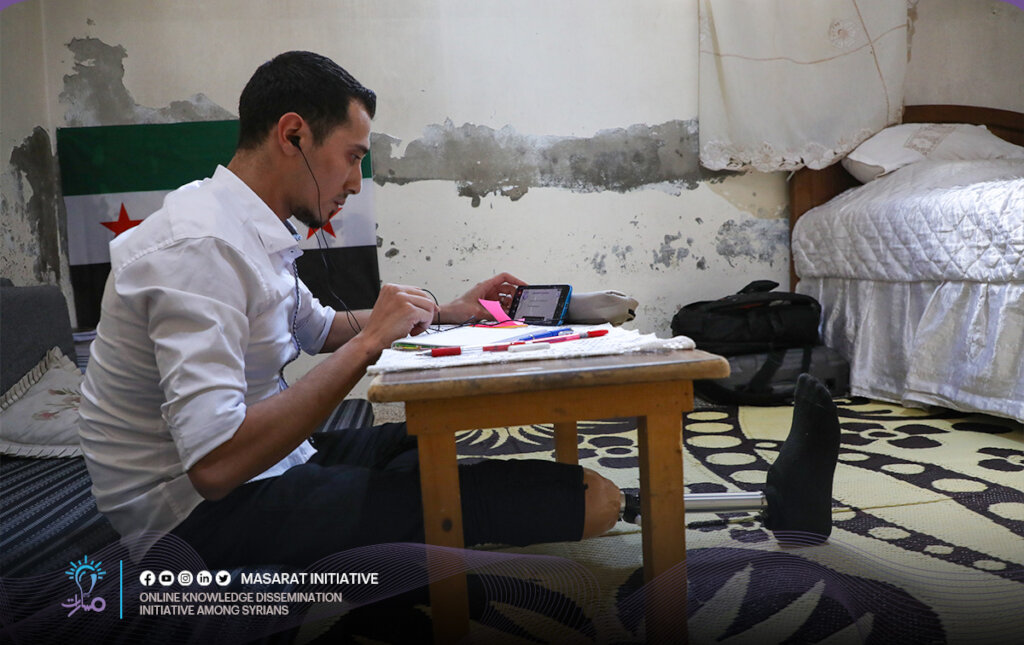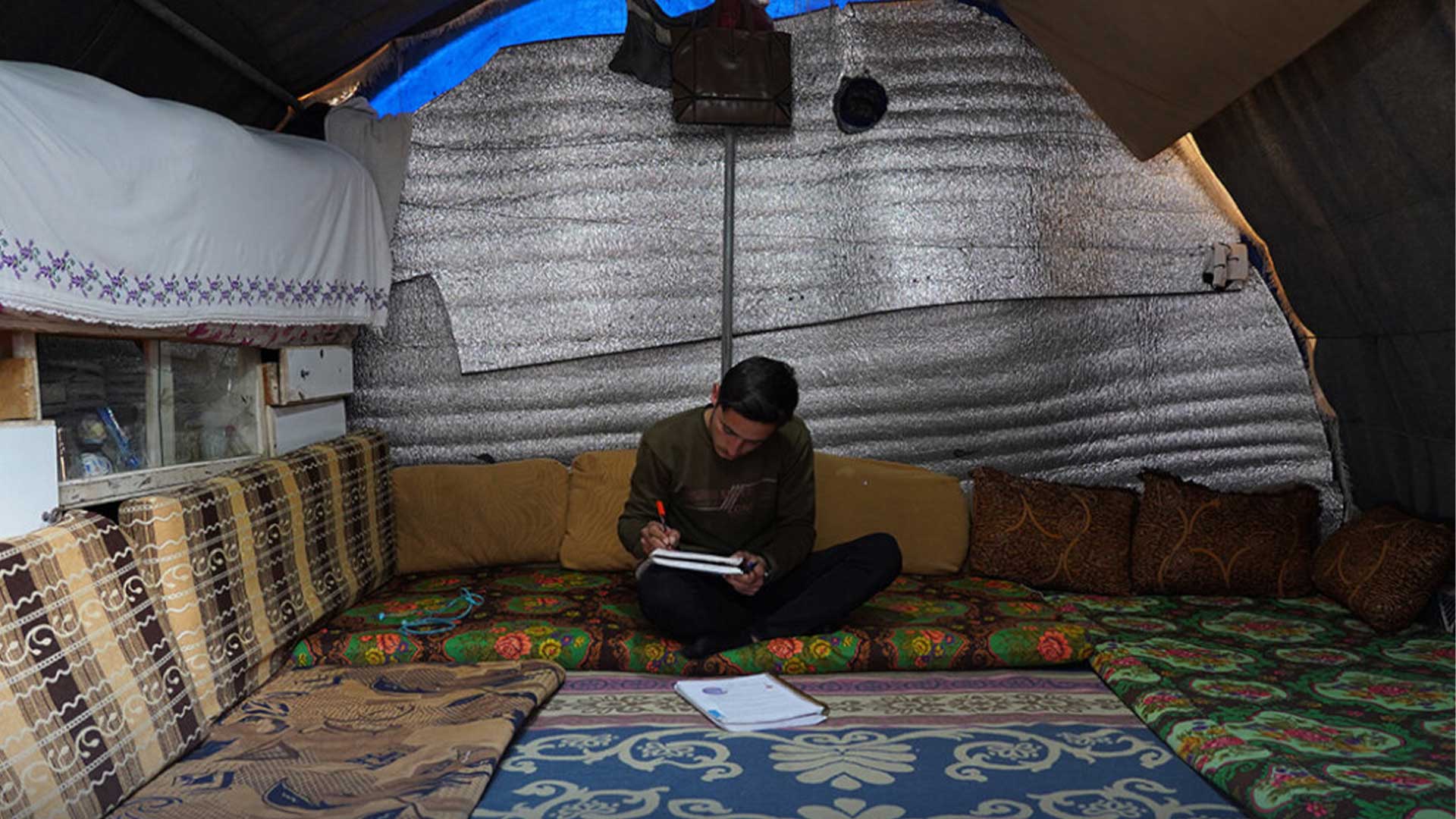Social entrepreneurship has emerged as a powerful force, generating approximately $2 trillion in revenue annually and creating around 200 million jobs worldwide.
Social entrepreneurship flips the script on business. Instead of just chasing profits, social entrepreneurs build ventures that solve real problems—poverty, education, sustainability—you name it.
We are about to break down what social entrepreneurship is, how it stacks up against traditional business, and the proven frameworks that drive success. You’ll also get practical tips on funding and avoiding common pitfalls, plus real-world examples of social enterprises.
Social Entrepreneurship
At its core, social entrepreneurship is about creating sustainable solutions for pressing social problems.
Unlike charities that rely solely on donations, social enterprises generate revenue to fund their impact-driven missions. This makes them self-sustaining and scalable, allowing them to create long-term change rather than short-term relief.
William Drayton, the founder of Ashoka and a pioneer in the field, once said:
“Social entrepreneurs are not content just to give a fish or teach how to fish. They will not rest until they have revolutionized the fishing industry.”
A widely accepted definition comes from the economist Adam Smith in his book The Wealth of Nations, “It is not from the benevolence of the butcher, the brewer, or the baker that we expect our dinner, but from their regard to their own self-interest.”
A Brief Historical Context
The roots of social entrepreneurship go way back, but it gained major traction in the 1980s and 1990s.
Organizations like Ashoka, founded by Drayton in 1980, played a key role in recognizing and supporting social entrepreneurs worldwide. Meanwhile, Muhammad Yunus and the Grameen Bank, Bank for the Poor, pioneered the concept of microfinance, empowering millions of people in poverty with access to small, affordable loans.
Goals of Social Entrepreneurship
The primary goals of social entrepreneurship align with sustainable development and economic inclusion, including:
Poverty Alleviation
Social enterprises often operate in underprivileged communities, providing access to finance, education, and employment opportunities.
For example: Grameen Bank‘s microloans have empowered over 10 million borrowers, 97% of whom are women, lifting entire communities out of poverty.
Education & Skill Development
Many social enterprises focus on education accessibility, ensuring that underserved populations gain the skills needed for economic mobility.
The Orenda Tribe, for example, runs art workshops for refugee children, fostering creativity and emotional resilience.
Economic Empowerment
By providing employment and business opportunities to marginalized groups, social enterprises promote financial independence.
Masarat Initiative’s Vocational Training Program offers skill-based training for Syrian youth, in fields such as IT, digital marketing, and language proficiency. It enables participants to secure remote jobs and freelance opportunities.
Environmental Sustainability
Some social enterprises integrate sustainability by using recycled materials, reducing waste, or investing in renewable energy.
Patagonia has donated 1% of its sales to environmental conservation efforts since 1985, advocating for sustainable production.
Social Inclusion & Community Development
Social enterprises actively engage communities in their initiatives, strengthening social bonds and resilience.
According to Social Enterprise UK’s 2024 report, social enterprises in the UK employ approximately 2.3 million people, with 55% of these organizations actively recruiting individuals from disadvantaged, marginalized, or vulnerable groups, including ex-offenders, refugees, and those with a history of substance abuse.
Frameworks & Models Supporting Social Entrepreneurship
Social entrepreneurship blends business acumen with social impact, requiring innovative frameworks and models to guide decision-making, measure success, and ensure sustainability.
Here are some of the most widely used frameworks in the field:
Triple Bottom Line
The Triple Bottom Line (TBL) model expands traditional business success metrics beyond profit to include social and environmental impact.
It evaluates an enterprise based on:
- People – Social impact (e.g., job creation, education access, fair wages, worker well-being).
- Planet – Environmental responsibility (e.g., sustainable sourcing, carbon footprint reduction, circular economy).
- Profit – Financial sustainability (e.g., revenue generation, reinvestment, long-term growth).
Social Return on Investment (SROI)
SROI is a method of quantifying social impact in financial terms. It calculates the value generated per dollar invested in a social enterprise.
Key Metrics in SROI:
- Inputs – Resources invested (money, time, skills).
- Outputs – Activities and services provided.
- Outcomes – Changes created (e.g., reduced unemployment, increased literacy).
- Impact – The long-term positive effect on communities.
Shared Value Model
The Shared Value Model encourages aligning corporate strategy with solving societal problems, Instead of viewing profit and impact as separate.
How Shared Value is Created:
- Reconceiving Products & Markets – Designing affordable solutions for underserved populations.
- Redefining Productivity in the Value Chain – Integrating sustainable practices into production and supply chains.
- Enabling Local Cluster Development – Investing in infrastructure and workforce development in underserved regions.
B Corps & Benefit Corporation Model
B Corps (Certified Benefit Corporations) are businesses that meet high standards of social and environmental performance, transparency, and accountability.
Legal Commitments of B Corps:
- Must balance purpose and profit.
- Required to consider stakeholder interests (employees, communities, environment).
- Undergo rigorous certification by B Lab (independent body).
Hybrid Business Model
The Hybrid Model blends elements of non-profit and for-profit models to achieve both financial sustainability and social impact.
Types of Hybrid Businesses:
- Earned Revenue Non-Profits – Charities that generate income through sales (e.g., Goodwill thrift stores).
- For-Profit Social Enterprises – Businesses that reinvest a portion of profits into social initiatives (e.g., TOMS’ buy-one-give-one model).
- Mission-Driven For-Profits – Companies that integrate social impact into their business DNA (e.g., Tesla’s push for clean energy solutions).
Doughnut Economics Model
Proposed by Kate Raworth, the Doughnut Model ensures economic activity stays within two key boundaries:
- Social Foundation – Ensuring people’s basic needs are met (food, water, healthcare, education).
- Ecological Ceiling – Preventing environmental harm (climate change, biodiversity loss).
Social Entrepreneurship vs. Commercial Business
At first glance, social enterprises might look like traditional entrepreneurship, but there are key differences that set them apart. Here’s how they compare:
- Profit vs. Purpose – Commercial businesses prioritize financial gain, while social enterprises focus on solving social problems with sustainable models.
- Funding Models – Social enterprises rely on impact investments, grants, and social impact bonds, whereas commercial ventures attract venture capital and shareholder investments.
- Impact Measurement – Unlike traditional businesses that track profits and losses, social enterprises measure success through social impact metrics (e.g., reduction in poverty rates, employment growth in marginalized communities).
Comparison Table: Social Entrepreneurship vs. Commercial Business
| Feature | Social Entrepreneurship | Commercial Business |
| Primary Goal | Social impact & sustainability | Profit maximization |
| Revenue Model | Hybrid (grants, impact investments, earned revenue) | Sales-driven, shareholder dividends |
| Impact Measurement | Social Return on Investment (SROI), SDG alignment | Profit margins, market share |
| Governance | Community-driven, often participatory | Investor-driven, hierarchical |
| Legal Structures | B Corps, Social Enterprises, Non-profits | LLCs, Corporations, Startups |
Tips for Success in Social Entrepreneurship
Social entrepreneurship is about turning a great idea into a sustainable and impactful venture.
To make a real difference, you need the right mix of strategy, mindset, and execution. Here are some battle-tested tips to help you succeed:
1. Master Impact Measurement
If you can’t measure it, you can’t improve it. Tracking your impact helps you refine your approach, attract investors, and show your stakeholders that your work actually moves the needle.
- Use key performance indicators (KPIs) related to your mission (e.g., number of students educated, CO₂ emissions reduced, jobs created).
- Leverage tools like the Social Return on Investment (SROI) model to put a financial value on your impact.
Pro Tip: Investors and donors love transparency. If you can clearly communicate your impact with numbers and stories, they’ll be more likely to support you.
2. Build a Sustainable Funding Strategy
A social mission is great—but you still need money to operate. Many social enterprises fail because they rely too much on donations and grants instead of creating a self-sustaining revenue model.
- Consider multiple income streams: product sales, memberships, crowdfunding, sponsorships, or impact investing.
- Balance profitability with purpose—you don’t have to pick just one.
TOMS Shoes started with a one-for-one giving model, but later pivoted to a more sustainable approach by reinvesting 1/3 of their profits into community impact programs.
3. Build Strong Networks and Collaborations
You can’t do it alone. The strongest social entrepreneurs surround themselves with partners—investors, non-profits, businesses, and even competitors who share similar goals.
- Join social entrepreneurship networks like Ashoka or Acumen to connect with like-minded changemakers.
- Collaborate with local organizations who can scale your impact without reinventing the wheel.
4. Stay Innovative and Adaptable
Social problems evolve, and so should your solutions. The best social enterprises are constantly testing, learning, and improving.
- Embrace design thinking to develop solutions based on real user needs.
- Be open to pivoting your business model if something isn’t working.
Warby Parker started as an online-only eyewear company, but later added physical stores when they saw customers wanted in-person try-ons.
5. Develop Strong Business Acumen
At the end of the day, a social enterprise is still a business. If you’re passionate about your cause but don’t understand business fundamentals, your impact will be short-lived.
- Learn about marketing, sales, operations, and financial planning—or partner with someone who does.
- Write a business plan that outlines your mission, revenue model, and growth strategy.
Common Mistakes & Challenges to Avoid
Even the best social entrepreneurs run into roadblocks. Here are some common pitfalls to watch out for:
- Lack of Resources Many founders struggle with limited funds, expertise, or time. Find creative ways to do more with less.
- Regulatory Hurdles Social enterprises sometimes get stuck in bureaucratic red tape. Make sure you understand the legal landscape of your industry.
- Measuring Intangibles Some impacts (like “community well-being”) are hard to quantify. Use qualitative and quantitative metrics to tell your impact story.
- Balancing Mission and Profit Too much focus on profit? You risk losing your mission. Too focused on the mission? You might run out of money. Find the balance.
- Ignoring Community Input Don’t assume you know what people need. Involve your beneficiaries in the solution design process.
Sources: DESA, based on Bosma and others (2016); World Bank, World Development Indicators
Examples of Social Entrepreneurship
Social entrepreneurship is making waves across industries, from education to healthcare and sustainability. Here are real-world examples of how businesses are making an impact:
Education
- Masarat Initiative – provides interactive online education to displaced Syrians and equips them for the online job market.
- The Orenda Tribe (Jordan & Lebanon) – Uses art and storytelling to empower children in conflict zones.
Healthcare
- Telemedicine for Remote Areas – Social enterprises are bringing virtual doctor consultations to rural areas, improving access to healthcare.
- Grameen Bank – Provides microloans to women, boosting financial independence and improving family healthcare.
- FIGS – A healthcare apparel company that donates scrubs to medical workers in low-resource settings.
Environment & Sustainability
- Renewable Energy Solutions – Companies like SolarAid bring clean energy to off-grid communities.
- Community Waste Recycling – Local initiatives help collect and repurpose waste while creating jobs.
Masarat for Sustainable Development and Education in Syria
While social enterprises in Syria are making a huge impact in rebuilding the country post-conflict, Masarat Initiative has played a critical role by supporting over 31,000 students from all backgrounds and ages.
Its efforts focus on:
- Education Access – Modern effective schooling for displaced children.
- Community Development – By creating job opportunities for youth and women.
- Sustainability Efforts – Entrepreneurs are exploring renewable energy and eco-friendly rebuilding.
If you’re passionate about making a difference and building a successful business, social entrepreneurship might just be your calling. So go out there and start changing the world!
Start your journey now! Sponsor a displaced student in Syria
Whether you’re launching a mission-driven startup or supporting one, remember:
- Never stop learning.
- Measure your impact.
- Build strong partnerships.
- Stay innovative and adaptable.
- Make your venture financially sustainable.








